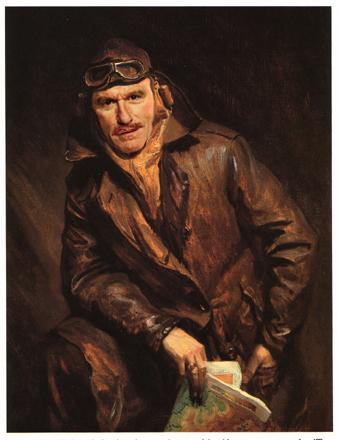

 A message from the President of the Republic
A message from the President of the Republic
In 2002 a new currency was introduced to Marivellas and the world, one based on the "Sing d'Or" (or Gold Monkey"). The Singe d'Or was, and remains, valued at exactly 0.5 American Dollars and 0.323 Wotanberger Pints. Our Republic has issued both coins and bank notes based on the Singe d'Or.
Here are the new coins, minted by our loyal friends at Monkey Bar-ometrics:
 From left to right, there is the 1,0
Singe d'Or coin (1.287 inches in diameter and made of pure
brass), the 0,5 Singe d'Or coin (1.063 inches in diameter and
made of pure copper), and the 0,1 Singe d'Or coin (0.650 inches
in diameter and made of pure zinc or some other substance)
From left to right, there is the 1,0
Singe d'Or coin (1.287 inches in diameter and made of pure
brass), the 0,5 Singe d'Or coin (1.063 inches in diameter and
made of pure copper), and the 0,1 Singe d'Or coin (0.650 inches
in diameter and made of pure zinc or some other substance)
In addition, the following Gold Proof Coins containing 91.67% (22 kt) gold are available for the collector. The gold content, weight, and diameter will vary with each coin denomination, as specified below.
 The 1000 Singe d'Or coin (1.287 inches
in diameter, containing 1.0000 gold troy ounces and weighing
1.0909 troy ounces), the 500 Singe d'Or coin coin (1.063 inches
in diameter, containing 0.5000 gold troy ounces and weighing
0.5455 troy ounces), and the100 Singe d'Or coin (0.650 inches in
diameter, containing 0.1000 gold troy ounces and weighing 0.1091
troy ounces).
The 1000 Singe d'Or coin (1.287 inches
in diameter, containing 1.0000 gold troy ounces and weighing
1.0909 troy ounces), the 500 Singe d'Or coin coin (1.063 inches
in diameter, containing 0.5000 gold troy ounces and weighing
0.5455 troy ounces), and the100 Singe d'Or coin (0.650 inches in
diameter, containing 0.1000 gold troy ounces and weighing 0.1091
troy ounces).
Here is an enlarged picture of the 1000 Singe d'Or coin showing the standard design of both the obverse and reverse of each of the coins above.


As can be seen clearly, the primary design element of the coins is the great seal of our Republic featuring my Grandfather's "Gold Monkey".* My Grandfather and his Gold Monkey became symbols of the Marivellan people's committment to the ideals of the French Revolution during Japan's occupation of the French Marivellas from 1941 to 1945. When the Republic of the Maravellas was established in 1955, my Grandfather was selected to serve as President and his personal seal became that of the new nation. I am very pleased that the national seal--my Grandfather's personal seal--will now be the distinctive feature of our Republic's coinage.
*As every Marivellan schoolboy knows, but many Gold Monkiacs do not, it was my Grandfather who discovered the fabled "Gold Monkey" in 1934 and brought it to Boragora for "safekeeping". (The "Gold Monkey" must never be confused with the so-called "Bon Chance Louis Gold" discovered by my Grandfather in 1948.) With some of the other gold trinkets he discovered with the Gold Monkey, my Grandfather bought what he renamed the "Gold Monkey Bar" and installed the "Gold Monkey" (camouflaged under a thick coat of gaudy yellow paint) at a prominent place on a high shelf behind the bar. One evening in 1935, an American expatriate (perhaps Richard Blaine) was doodling on a napkin when he drew a Gold Monkey Bar "seal" with the motto (perhaps in Latin) "Don't monkey with Louis" (or perhaps "Drop the gun, Louis."). Another (more regular) patron took this doodle and had it turned it into a sign which adorned the Monkey Bar until 1945. The sign's disappearance coincided with that of the Japanese commandant of the garrison who vanished two days before Boragora was liberated by Wotanberger and American forces led by Major Jake Cutter. After the war, a seal incorporating the essential parts of the "Gold Monkey Bar Seal" formally replaced my Grandfather's personal seal which had been based on that of Saint-Louis-lès-Bitche, my Grandfather's birthplace in Lorraine, France.
This page is generously sponsored by :
